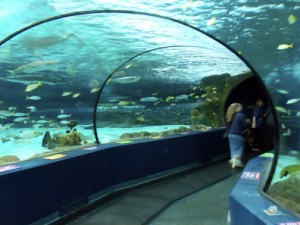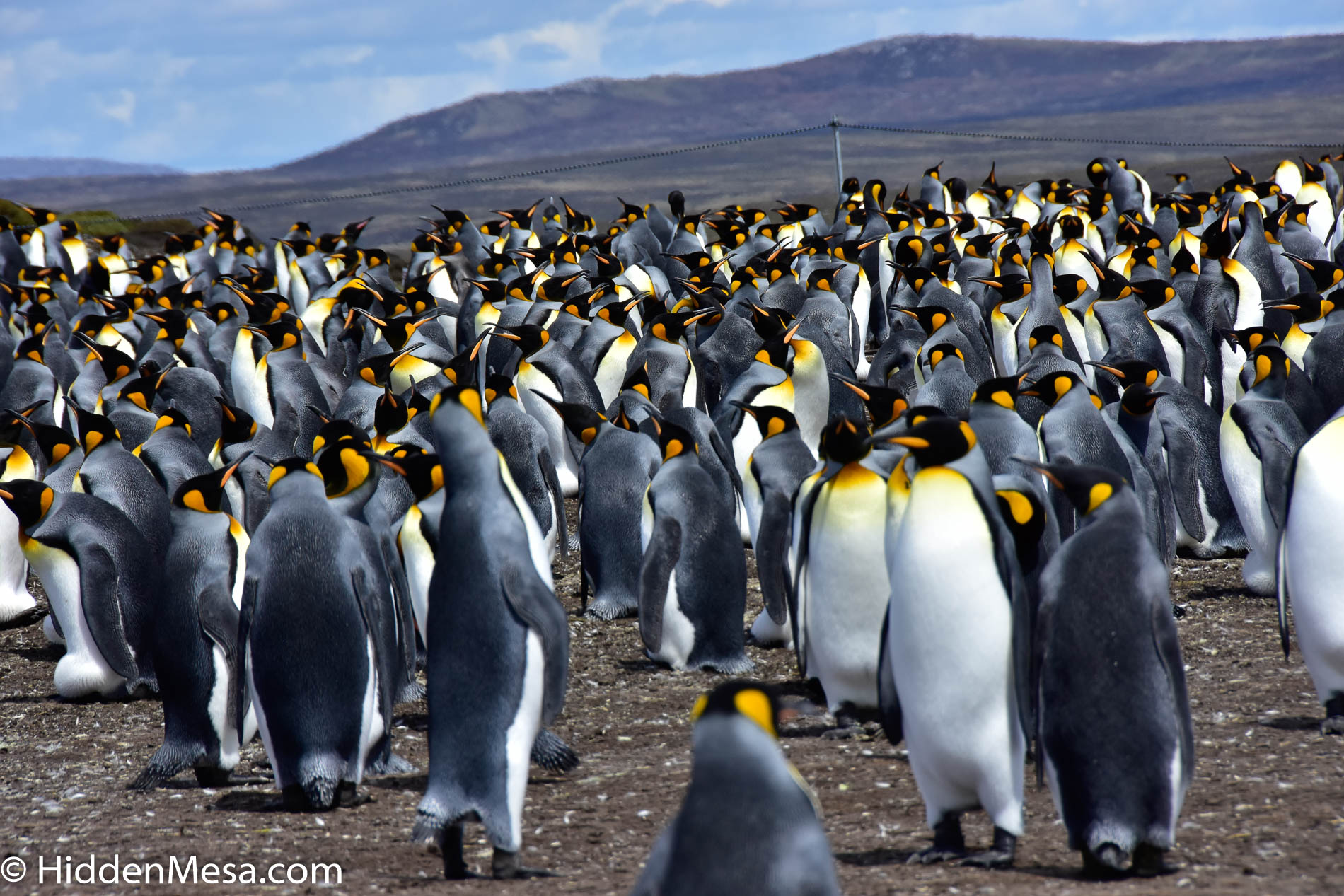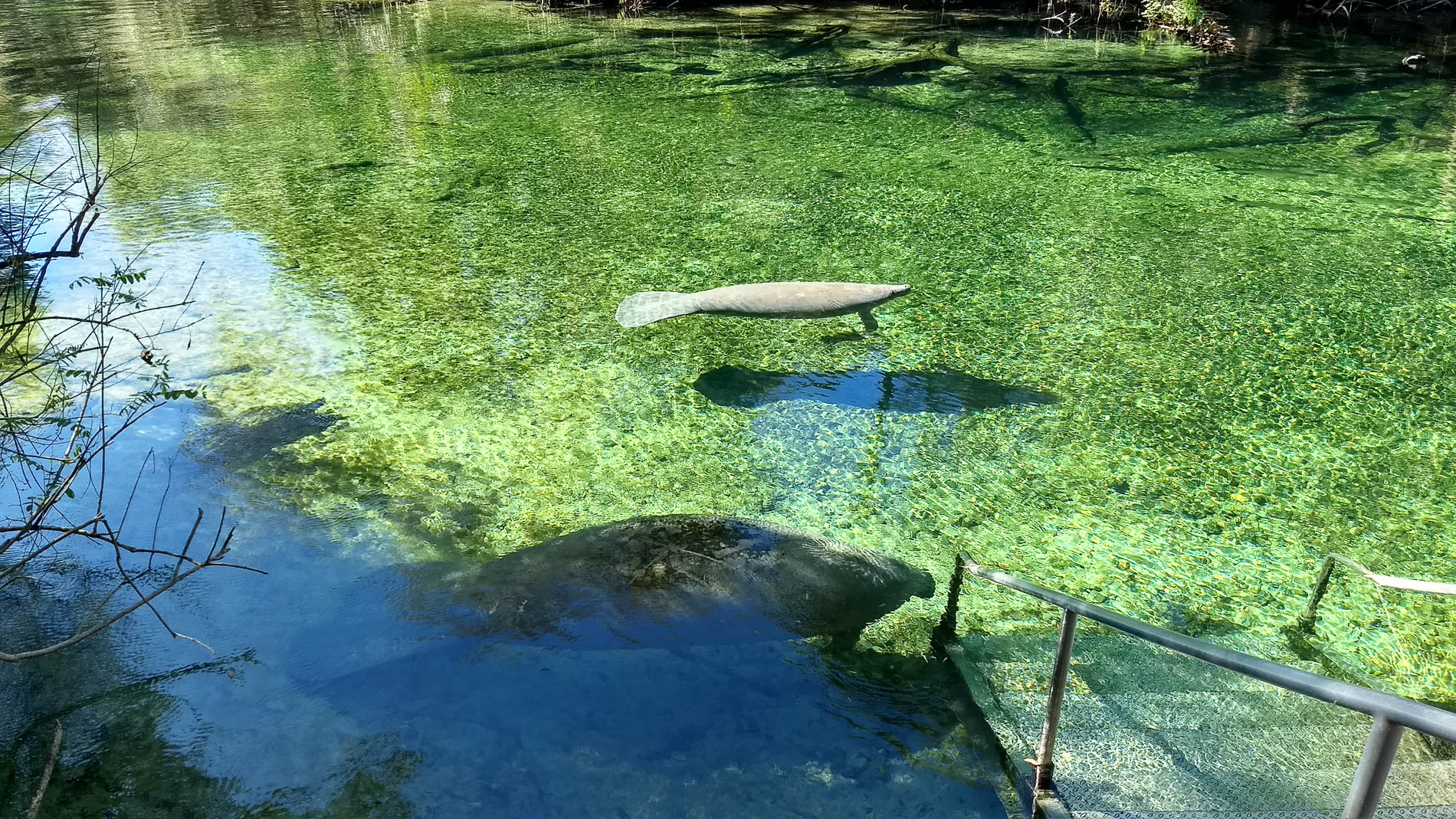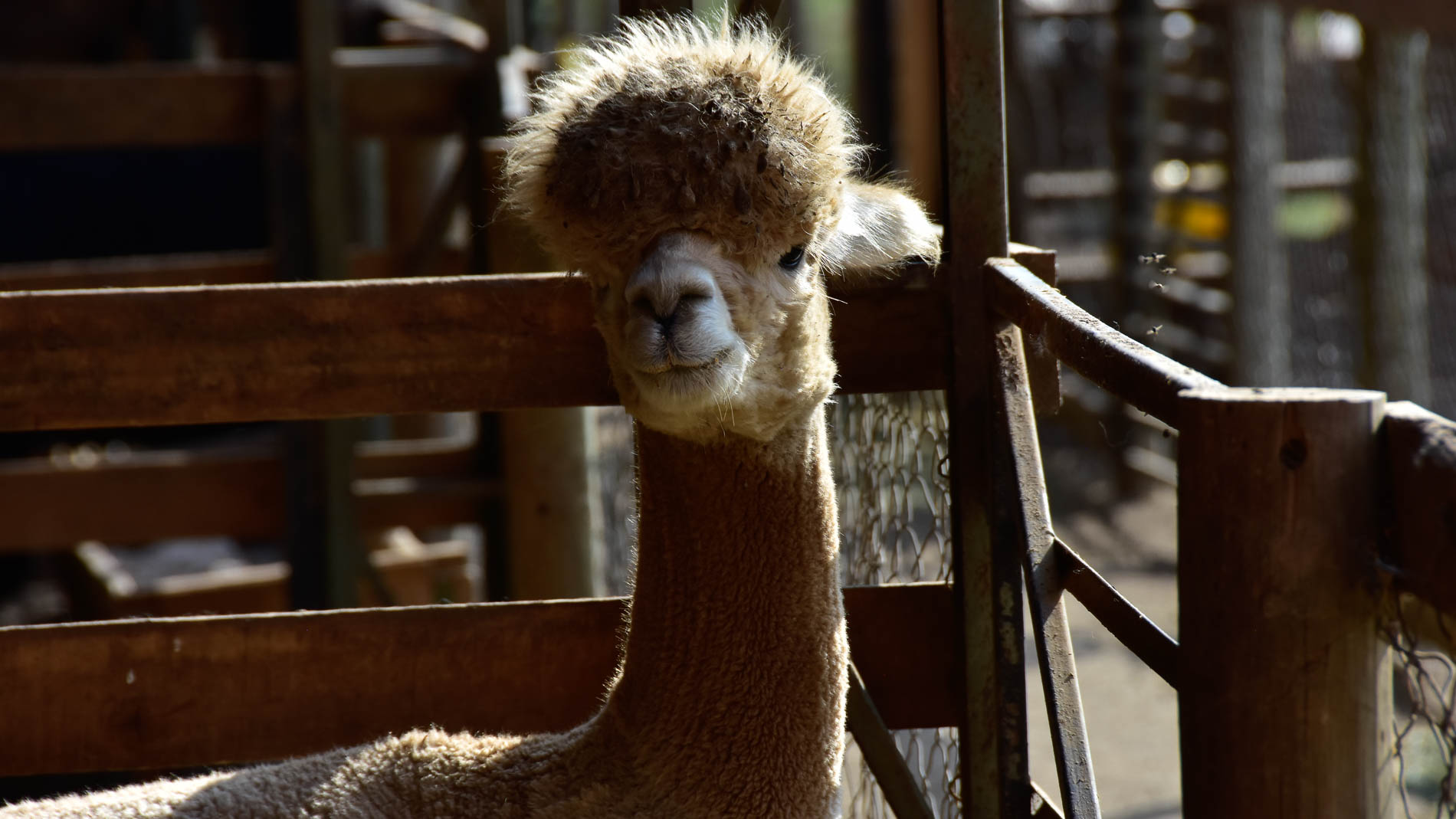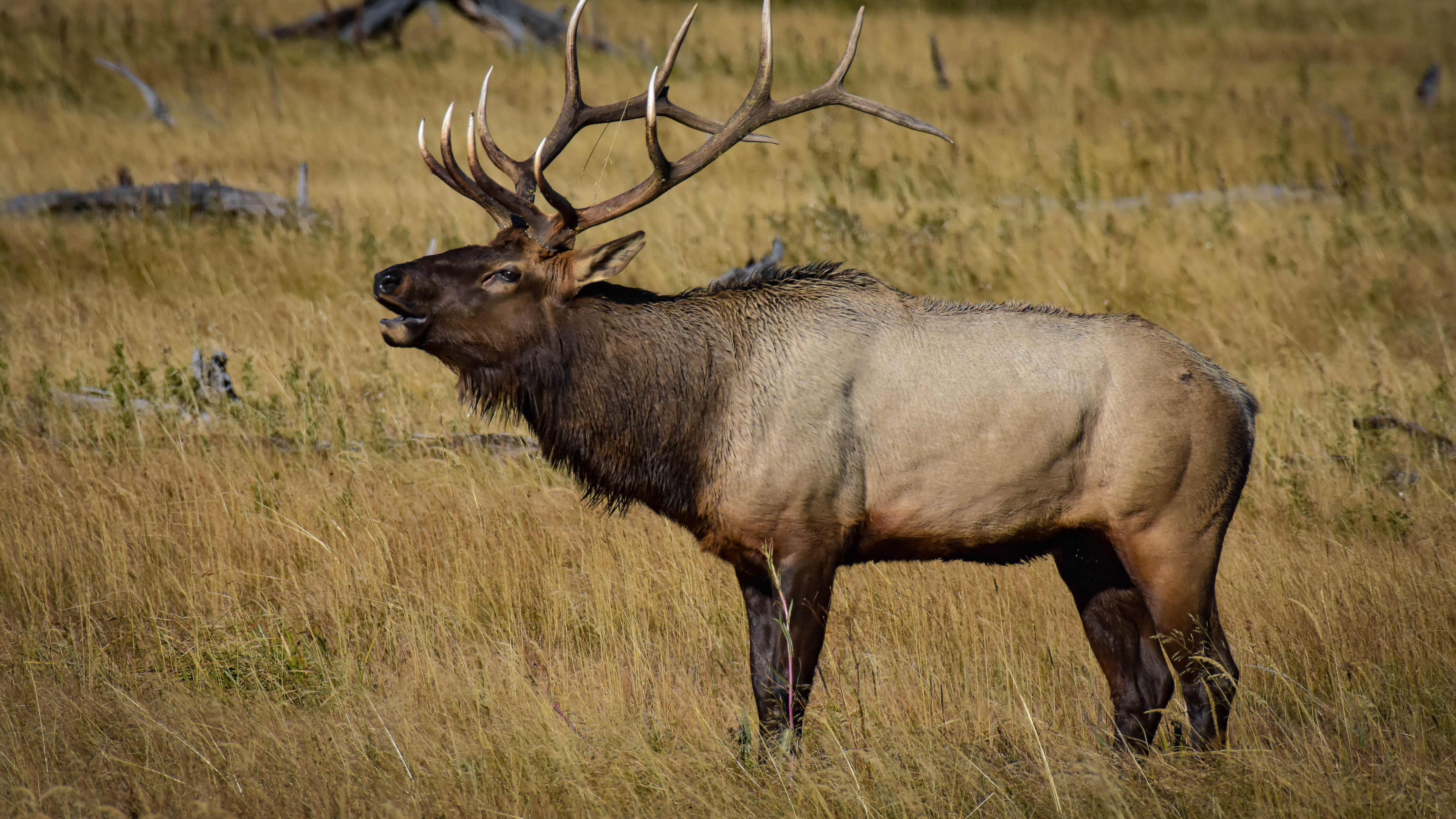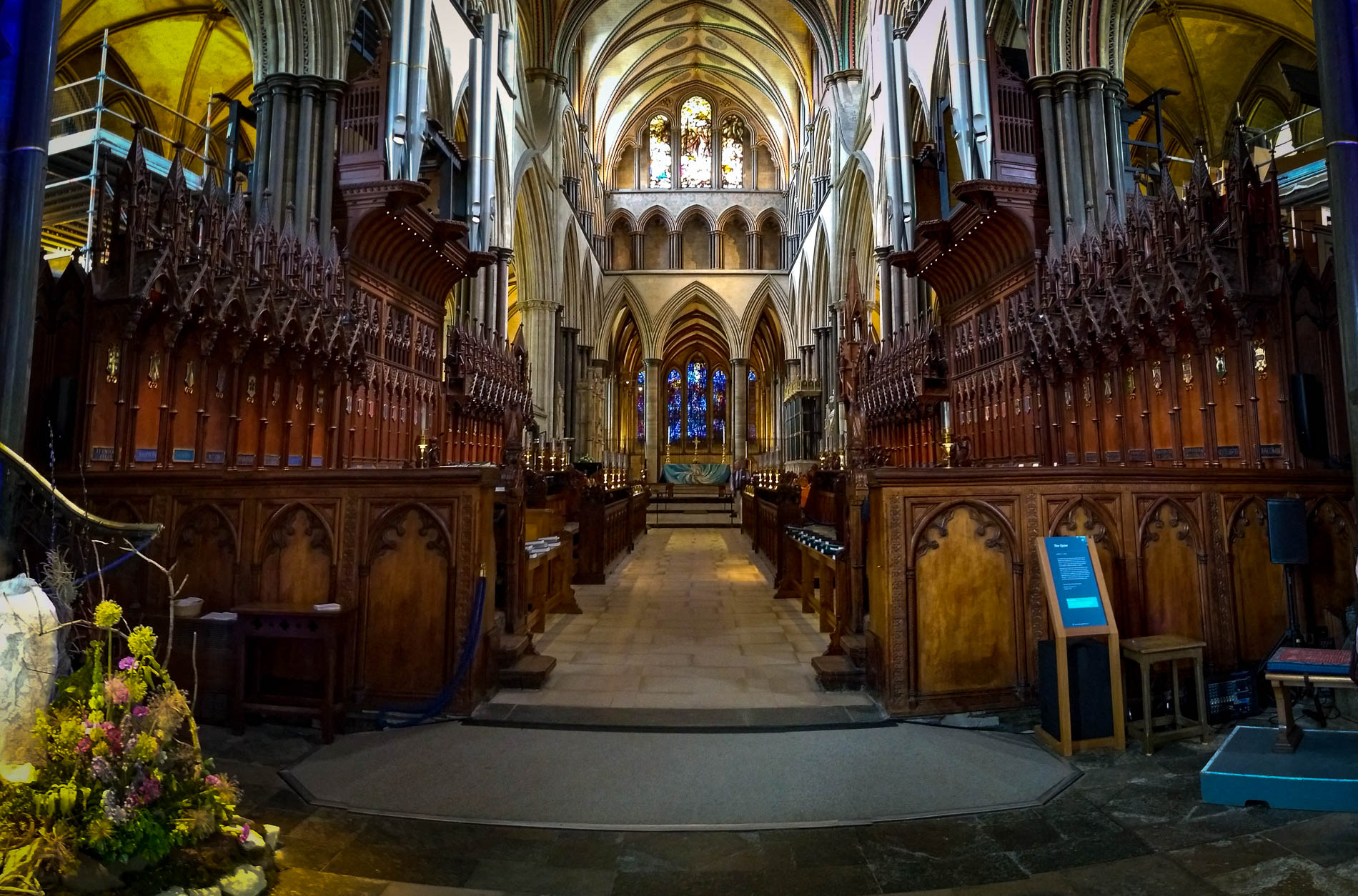All up and down the east coast of the United States, there seems to be a tourist town every few miles. You might even argue that much of the Atlantic coastline is just one big tourist attraction. At least, in the summer months this would appear to be so. In the off season, though, where do folks go? Those of you who still have to work for a living probably go back to your jobs and dream about next summer. The retired folks head for Florida, or another location along the Gulf, or even Arizona, to escape the cold of the north. Truly, the season of choice for most of the Atlantic coastal areas is summer.
There are places, however, where the winter climate is mild enough that off season vacationing can be reasonably attractive. Myrtle Beach, in South Carolina is just such a place. Situated along the Atlantic Ocean, this seasonal town enjoys a reasonably mild climate in the winter months, and makes staying in an RV here, even in November and December, quite enjoyable. Temperatures range in the 60s and 70s during the day, and high 40s at night, requiring use of your heater only occasionally. Humidity is low compared to summer months, and the hurricane season is over by mid November.
Another reason to consider a trip to Myrtle Beach is the lack of crowding. With over 100 golf courses and almost 450 restaurants, it’s reasonable to see that once the summer crowds leave, this area is wide open in terms of activities without waiting. You can literally have the place to yourself, and the few others who have discovered this winter haven.
History –

South Carolina was the largest rice producer in all of the 13 original colonies. This waterway served to flood the rice fields in early plantation days.
The history of the Carolinas is rich and full, and has kept pace with the rest of the American colonies. Thought to have been continuously inhabited for at least 13,000 years, the first European settlements began to show up in the 16th century. The most notable settlement is Georgetown, just south of Myrtle Beach. Thought to have been settled in 1526 by Spanish explorer Lucas Vasquez de Ayllon.
The colony at Georgetown precedes the settlements at Jamestown and even Plymouth Rock by at least 100 years, but generally does not receive credit as the “first” settlement because it failed after its first year in existence. It’s believed that the slaves who were with the colonists revolted and left, or an epidemic, or both are the reasons for the failure.
Before the American Revolutionary War, much of the crops in the Carolinas were indigo, a popular blue die for anything from food to clothing. After the War, the primary cash crop was rice. Georgetown was at one time the world’s largest shipping port for exporting rice, and the area surrounding Georgetown produced over half of the rice grown in the colonies.
South Carolina got it’s name when King Charles I granted all the land from 31 degrees north, northward to 36 degrees north to his Attorney General. The land was called Carlana, which is the Latin version of King Charles’s name. It was later changed to “Carolina” as a matter of pronunciation.
South Carolina has been noted for a number of historical firsts. The people of South Carolina declared independence from Great Britain in March 15, 1776. They later joined the United States of America by signing the Declaration of independence as one of the original thirteen colonies, and were the first state to ratify the first constitution, the Articles of Confederation.
Later, they were the first state to succeed from the US on December 24th, 1860, after President Lincoln was elected on an anti-slavery platform. They joined the Confederate States of America the following February, and in April, 1861, the first battle of the American Civil War was fought when Confederates attacked Fort Sumter in Charleston.
After the Civil War, the cash crop of rice was not viable, and South Carolina eventually found new industries to replace their stagnant and stressed economies.
Myrtle Beach Today –
Over the past few decades, Myrtle Beach has evolved to become a large tourist destination. The Atlantic Ocean currents bring warm water from the Caribbean Sea which maintains a reasonably pleasant climate year round. The majority of the summer activity is vacationing, and judging from the number of RV parks, RV dealers, and RV storage areas nearby, it’s very large indeed.
One reason to consider this area as a winter vacation is the cost. Using the RV example, a space at the popular RV resort Pirateland, which is one of the large RV parks located along the ocean charges between $29.00 and $39.00 per night for a full hookup space between January 1st and March 26th. During peak time of the summer, they get from $64.00 and $78.00 per night for the same spots. In the winter, it’s the same ocean, probably the same water temperature, but not the same oppressive heat and certainly not the same crowds.
Hotels typically aren’t as open about publishing their rates throughout the year, but you can bet that you can find similar rate reductions when you book at off-peak times of the year.
So what is there to do?
In addition to over 100 golf courses, and over 50 miniature golf course, and the nearly 500 restaurants in the immediate area, Myrtle Beach and its surrounding cities offer some great tourist attractions.
Three attractions warrant specific mention because of their significance. The first spot is Huntington Beach State Park, located south of Myrtle Beach. This 2500 acre facility was left to the people of South Carolina by Archer and Anna Hyatt Huntington, as part of the nearby Brookgreen Gardens, and later leased by the state. Now, the marsh area of the park is registered under the South Carolina Heritage Trust Program to help preserve its pristine nature and significance to South Carolina’s natural coastline.
With coastline and fresh water marsh, birding has become a major activity at the Park, with over 300 species of birds recorded here. Alligators are common in the fresh water area as are river otters, raccoons, and other forest creatures.
The park features some excellent ocean beach front, a well equipped campground able to accommodate everything from primitive camping to full hookups and many miles of forest trails and beach access for hiking. In addition, there’s a well equipped visitor center where volunteers are ready to answer questions, with children’s and other educational programs offered throughout the year. Huntington Beach State Park can take a complete day to explore, and could easily occupy several days of entertainment if you wanted to see as much as it has to offer.
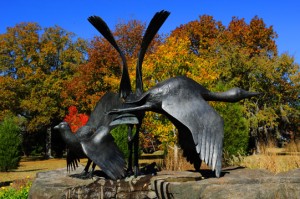
More than 1500 art sculptures by 350 artists can be seen at Brookgreen Gardens. Image by Donald Fink
Nearby, there’s the famous Brookgreen Gardens. Established in 1931, the facility is made up of four former rice plantations; The Oaks, Brookgreen, Springfield, and Laurel Hill. These lowland areas were prime areas for growing rice because the fields were easily flooded by coastal back flows in the adjacent rivers. Worked almost exclusively by enslaved African Americans, this area provided a significant amount of the country’s rice crop, and generated wealth for the plantation owners.
More to Do –
Today, Brookgreen Gardens serves several functions. First, it’s a world class art preserve, featuring several figurative sculpture gardens with art from the world’s leading artists. It is home to more than 1,200 sculptures by more than 350 artists, and continues to grow.
On its 9,200 acres, Brookgreen Gardens is a nature preserve, protecting plant and animal life local to South Carolina. There are boat and land tours offered into the preserve areas, which are narrated by a guide and provide rich insight into the natural world of inter-coastal South Carolina, and a good description of how life was on the plantation.

Not only does Brookgreen Gardens house a world class art display, it contains a small zoo featuring plantation era domestic animals and other wild animals of the immediate area. Image by Bonnie Fink
There’s a zoo, featuring domestic animals as they were on the plantations, and wild animals of the area. This attraction, while small by zoological standards, is a good effort that represents the wildlife of the area. We recommend that, if you’re able, you walk to the zoo rather than ride the shuttle bus. The stroll along the old abandoned rice fields and the slave’s quarters is an education in itself.
Brookgreen Gardens will be a minimum of a full day’s tour. When you purchase your ticket at the entrance, it’s good for a week. We would recommend that you take advantage of this generosity and take several days to explore all that’s here.
If nature and wildlife, and long walks on the beach aren’t all that interests you, a trip to Broadway At The Beach might be more to your liking. Actually, there isn’t much beach involved here, but there is an artificial lake surrounded by dozens of restaurants and shops. Two features that are significant are the Ripley’s Aquarium, where you can spend several hours enjoying fascinating views from the ocean. For the children, or people who think they’re still children, there are great pirate exhibits depicting the glamorous and not so glamorous life of the pirates of the Caribbean. There’s a great walk through the aquarium where you can view the sharks from below as they swim beside and over you, and there are several petting tanks for the kids to enjoy the feel and texture of various marine animals, including sting rays.
On the other side of the lake, there’s a great 3D IMAX theater that runs several features a day. As you may know, IMAX is great, but 3D IMAX? Wow! With all the other shops, theaters, and activities at Broadway At The Beach, this location could easily occupy several days worth of activities, so a trip here is sure to find something that will grab your interest.
There are many other activities in the Myrtle Beach Area, including at least two great dinner shows. One, called Pirate Voyage, is produced by a Dolly Parton company. We’ll admit that we haven’t seen this production, but we have seen their other production, Dixie Stampede, which plays in Pigeon Forge and Branson, and if it’s any indication to the quality and entertainment value, Pirate Voyage should be on your list of must see dinner shows. Another in Myrtle Beach is called Medieval Times. This show has productions in nine locations in the US and Canada. We have seen this one, a few times, and it’s always a good time.
There are zoos and historical tours, kayak rentals and tours and SCUBA diving trips. Plantation boat tours are available, and don’t forget that the Atlantic Inter-coastal Waterway that runs from Florida to Maine runs right past here with all the activities it offers. Whatever your interest, Myrtle Beach seems to have it, and what better way to enjoy all that than in the winter months when everyone else is at work?



